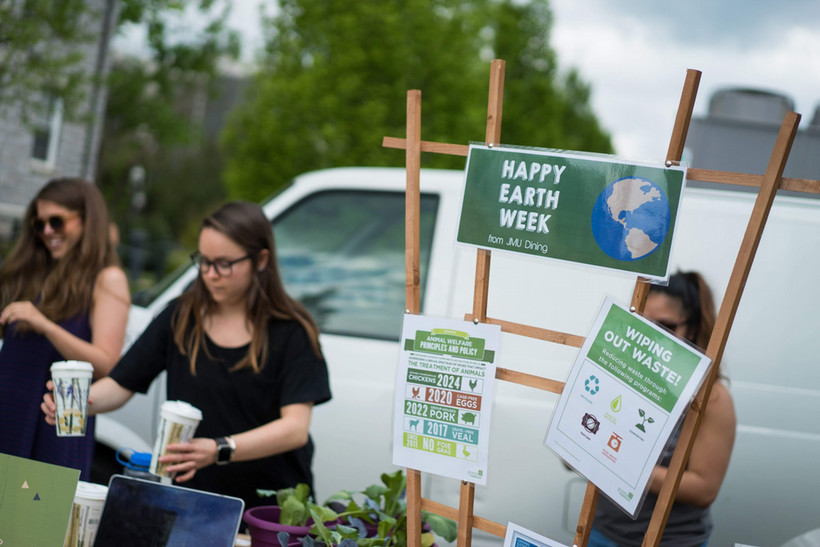
A thoughtful Community Engaged Learning (CEL) experience includes both student learning outcomes and community engagement outcomes to enhance learning and promote more effective contributions to the community. CEVC encourages faculty to develop student learning outcomes first, in direct relation to course content. Community engagement outcomes should be developed next, in collaboration with community partners. Both sets of outcomes should progress from actions that are clearly measurable and demonstrable (e.g., list, identify, define) to those that are more complex and require analysis, application and synthesis of new material (Kowal, 2017).
- What do all stakeholders want students to learn from this CEL course (academic content, professional application, civic learning, self-authorship, cultural humility/multicultural competence, leadership, etc.)?
- Which student learning outcomes from the course are best suited to CEL?
- How can CEL enhance student learning outcomes for the course?
- Promote students’ personal and professional development
- Develop educated, engaged citizens
- Provide an experiential learning opportunity
- What do all the stakeholders (especially people working most closely with the students) want the impact of the students to be in the community?
- What is the community priority your students will help address?
- Who defined the community priority?
- Have community partners been consulted in developing community engagement outcomes?
- How might the concerns expressed by members of the community connect to larger societal concerns and/or the Sustainable Development Goals?
- What are the unique capacities and strengths of this community and how might students amplify those strengths?
- How will CEL enhance community engagement outcomes? (student volunteer hours, university resources, faculty expertise, academic research, access to university network, etc.)
- How will you measure and report progress?
Additional Resources
- Learning Objectives
- JMU Civic Engagement Learning Outcomes (JMU Civic Engagement Assessment Committee, 2018)
- Examples of Purposeful Civic Learning Objectives PDF (Howard, 2001)
- Potential Student Learning Outcomes for Service PDF (Center for Community Service-Learning at CSU Northridge, n.d.)
- JMU SASS: Specification of Student Learning Outcomes (JMU Student Affairs Assessment Support Services, n.d.)
- JMU CARS/SASS’ Writing Clear Objectives, the ABCD Method (JMU Center for Assessment & Research, n.d.)
